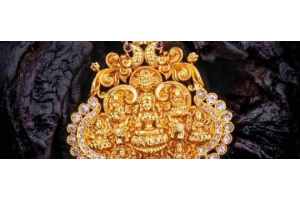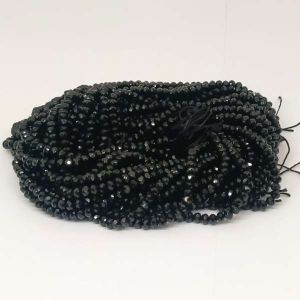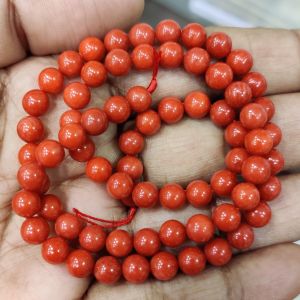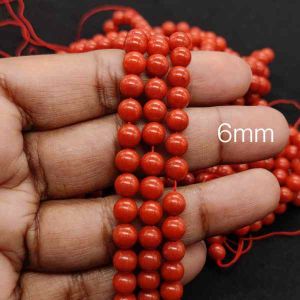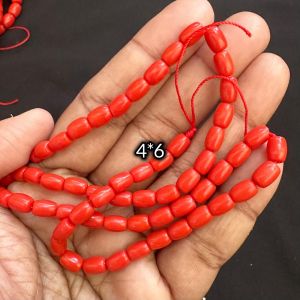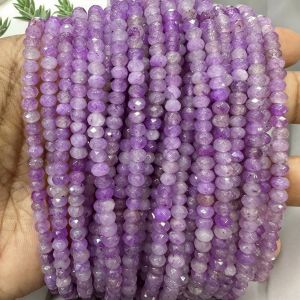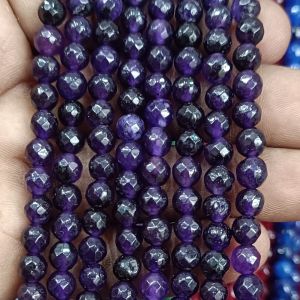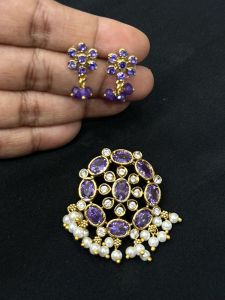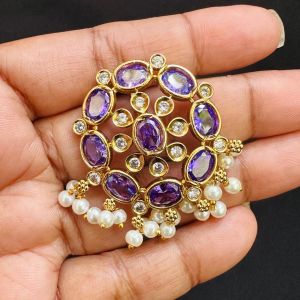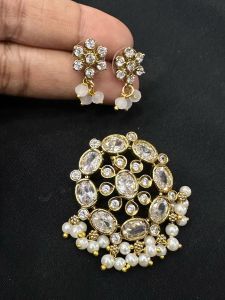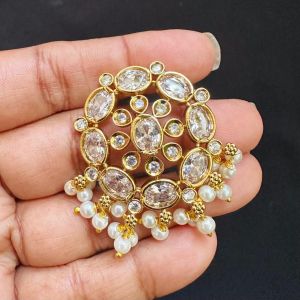This website uses cookies to ensure you get the best experience on our website. Read more
Turquoise GemStones - What are they?
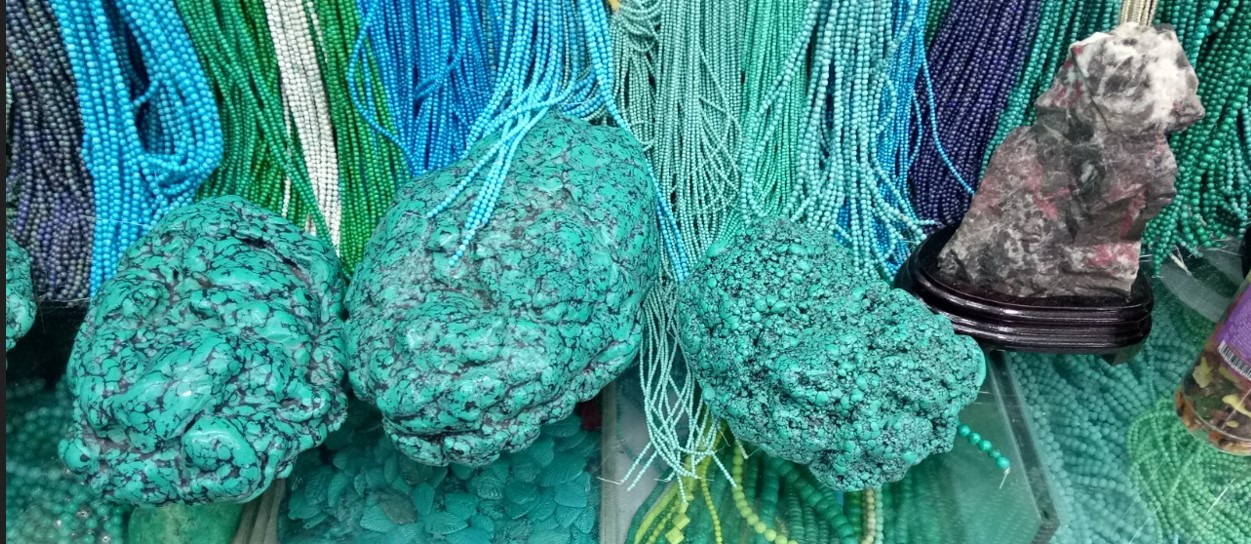
Turquoise is a gemstone that is highly prized for its beautiful blue-green color and has been used for centuries in jewelry and decorative objects. It is a hydrous phosphate of copper and aluminum, and is found in arid regions where water and other minerals have leached into the ground and formed deposits.
Turquoise is mined in a number of countries around the world, including the United States, Mexico, China, and Iran. In the United States, turquoise is primarily mined in Arizona, Nevada, and New Mexico. The extraction process begins by identifying a deposit of turquoise and then removing the rock or soil that covers it. This can be done by hand or with the use of machinery. Once the turquoise is exposed, it is typically hand-dug or blasted from the ground using explosives.
After the turquoise is extracted, it is typically cut and polished to bring out its natural color and luster. The process of cutting and polishing turquoise can be done manually or with the use of machines. The finished product is then used in a variety of applications, including jewelry, decorative objects, and art.
There are many benefits to wearing turquoise, both physical and spiritual. It is believed to have healing properties and to help protect against negative energy. Turquoise is also thought to bring good fortune and prosperity, and to promote feelings of peace and tranquility. It is often worn as a good luck charm or as a symbol of friendship and loyalty.
In addition to its decorative and spiritual uses, turquoise has also been used in traditional medicine for centuries. It is believed to have anti-inflammatory properties and to be helpful in treating a variety of ailments, including infections, wounds, and respiratory problems.
Overall, turquoise is a beautiful and versatile gemstone that has been prized for its beauty and healing properties for centuries. Its mining, extraction, and usage have played important roles in the history and culture of many societies around the world.
Comment(s)



